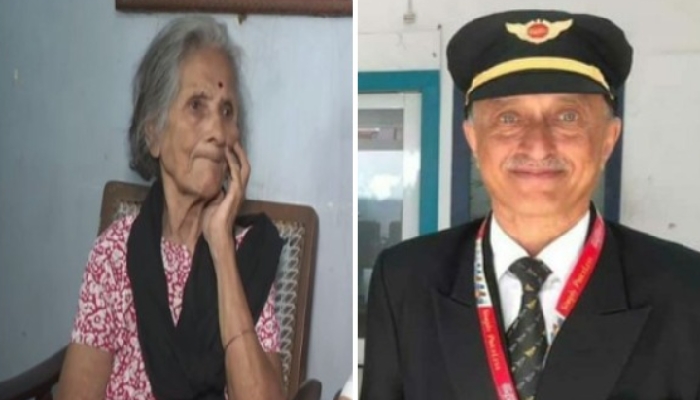
New Delhi, Aug 13: The Supreme Court on Tuesday directed the chief secretary of Jammu and Kashmir to file a detailed affidavit on the communal clashes in Kishtwar district and subsequent steps taken by the state government to control the situation.
The apex court directed the chief secretary to file the affidavit by August 21 on a PIL seeking direction to the government to provide safe passage to the pilgrims stranded there due to curfew in Kishtwar to enable them to return home.
A bench headed by Chief Justice P. Sathasivam said the state government is taking action and it cannot be said that it is sitting mum.
It said that the court cannot control the administration and that they are the right persons to deal with the situation and it would pass any order only after going through the affidavit.
“We cannot control the administration. They are the right and the best persons to control the situation. They are in the field. They must act with free hand to control the situation. How can we restrain the state government from imposing conditions?” it observed.
The bench, also comprising justices Ranjana Desai and Ranjan Gogoi, added that “at this stage, we cannot say that the state government is sitting mum. They are acting.”
The bench said that it is not underestimating the seriousness of the situation but it had to go through the ground situation prevailing in Kishtwar before passing any order.







Comments
Add new comment